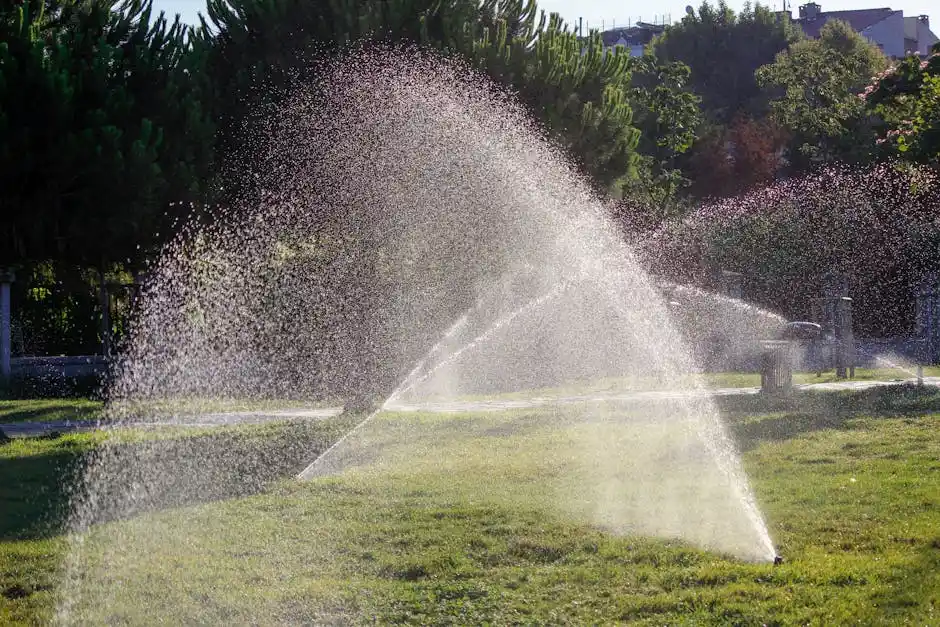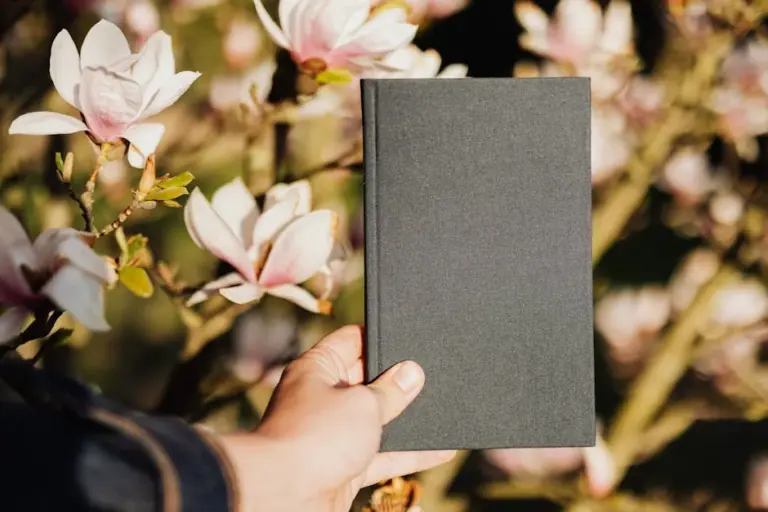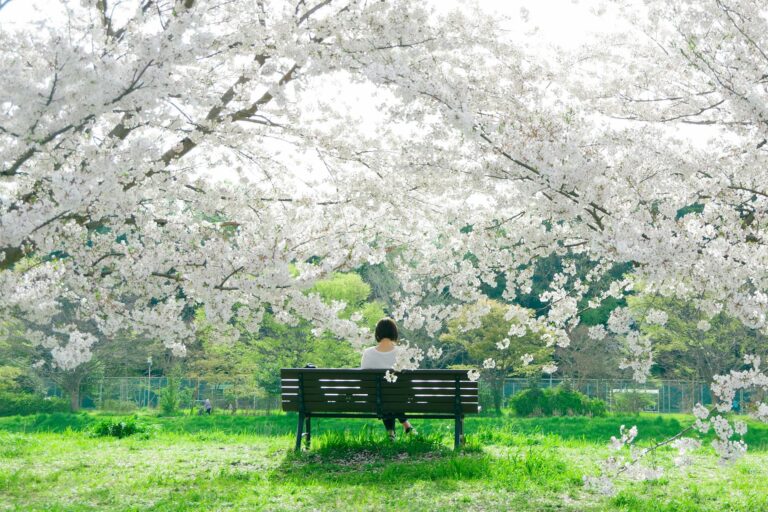Watering Hacks to Save Time and Water for a Greener, Happier Garden
Taking care of your garden during the hot summer months can feel challenging, especially when water is limited and time is short. Finding smart ways to water your plants helps keep them healthy without wasting precious resources.
You can save both time and water by using simple techniques that make summer watering more efficient and effective. This article will share easy hacks to help you do just that, so your garden thrives while you spend less time watering.
Water your garden early morning or late evening to reduce evaporation
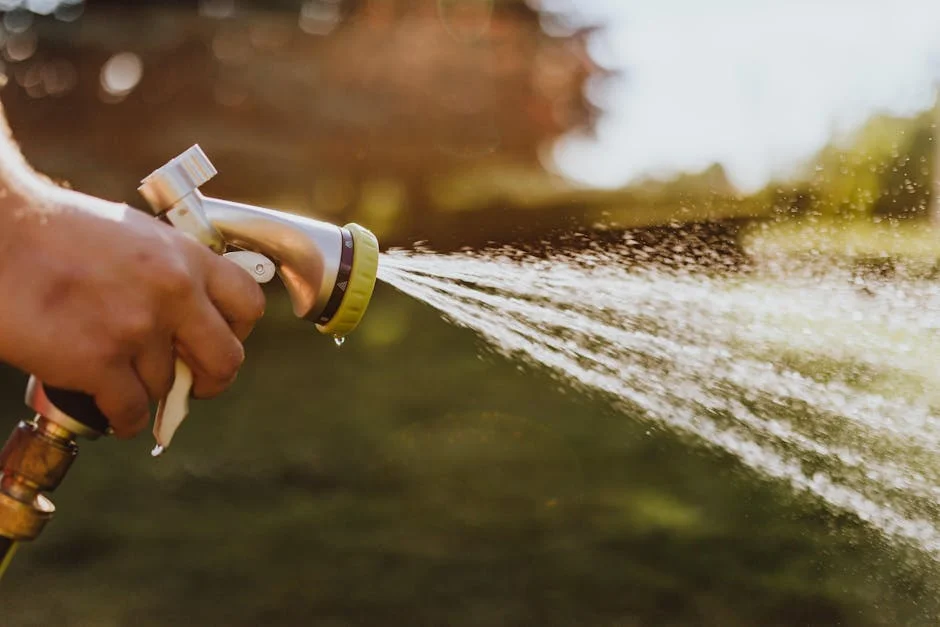
Watering your garden early in the morning is one of the best ways to make sure your plants soak up the moisture before the sun heats the soil. Cooler temperatures mean less water is lost to evaporation.
If mornings don’t work for you, late evening watering can also help reduce water waste. Just be careful to avoid watering too late at night, as excess moisture overnight can encourage fungal growth.
By choosing these cooler times, you help your plants get the water they need without wasting it. Your garden stays healthy, and you save water at the same time.
Use drip irrigation systems to deliver water directly to plant roots
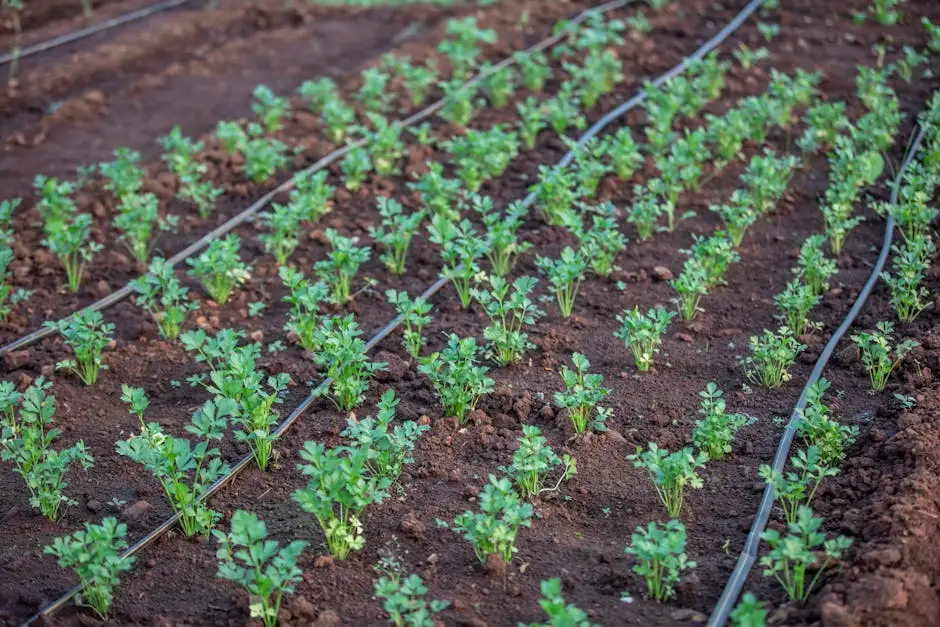
Using a drip irrigation system helps you water your plants more efficiently. It delivers water straight to the root zone through a network of tubes and emitters. This method reduces water waste by avoiding runoff and evaporation.
You’ll save time because the system can be set to run automatically, giving your plants a steady, slow supply of water. It’s especially helpful during hot summer days when consistent watering is crucial.
Drip irrigation also limits water on leaves and surrounding areas, which can reduce weed growth and plant diseases. Installing a basic setup is affordable and works well for gardens, vegetable beds, and container plants.
Install Ollas clay pots for slow, efficient watering
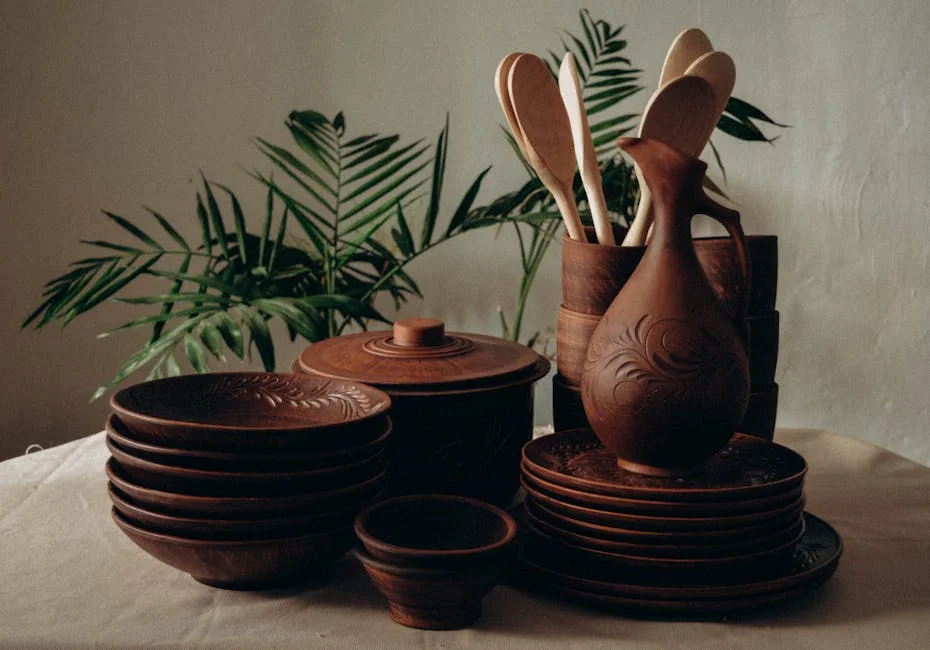
Ollas are unglazed clay pots you bury near your plants and fill with water. They slowly release moisture directly to the roots, reducing water waste and helping your garden stay hydrated longer.
You only need to fill each olla occasionally, which saves time compared to daily watering. They’re easy to make or buy and work well even in dry climates.
Using ollas means more consistent watering and less effort. Just bury them in the soil, fill with water, and let the clay do the work for you. Your plants will thank you with steady growth and less stress.
Apply a thick layer of organic mulch to retain soil moisture
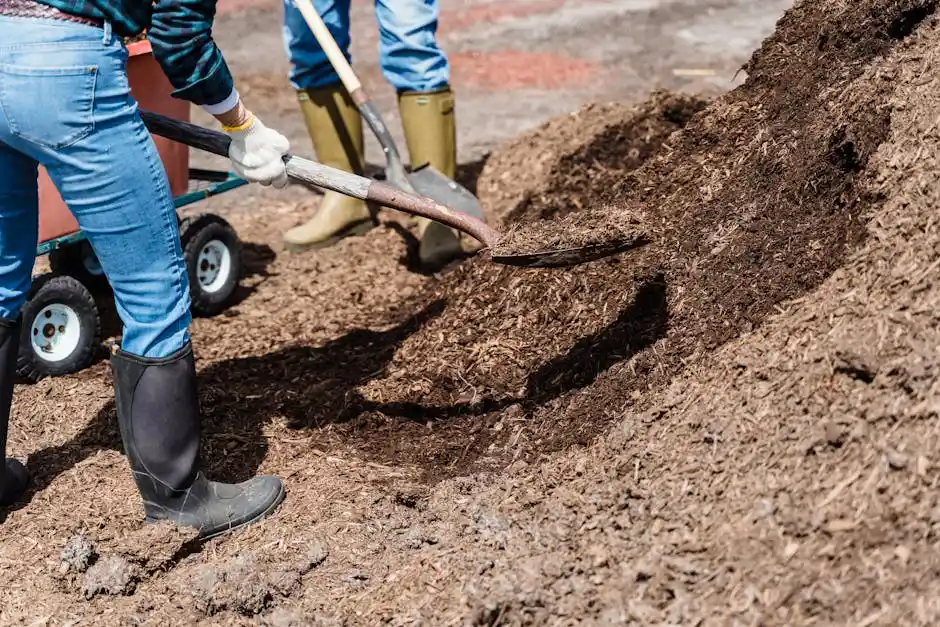
Apply a 2 to 4-inch layer of organic mulch around your plants to help keep the soil moist. This thickness is enough to reduce evaporation and regulate soil temperature effectively.
Be sure not to pile mulch against plant stems or tree trunks, as this can cause damage. Water the mulch after applying it. This prevents dry mulch from pulling moisture away from the soil.
Using materials like compost, shredded leaves, or cocopeat can improve water retention. Mulching also suppresses weeds, so you spend less time watering competing plants. It’s a simple way to save time and keep your garden healthy in hot weather.
Group plants with similar water needs together for efficient watering

Grouping plants with similar water needs makes watering easier and clearer. When you water plants with the same requirements, you avoid giving some too much or others too little.
Creating zones in your garden based on water needs helps you save water and time. You can set up irrigation systems, like drip lines, tailored for each zone.
This approach prevents waste and keeps your plants healthier. By focusing water where it’s needed most, you reduce runoff and make your summer watering routine simpler and more effective.
Collect and use rainwater with barrels to reduce tap water use
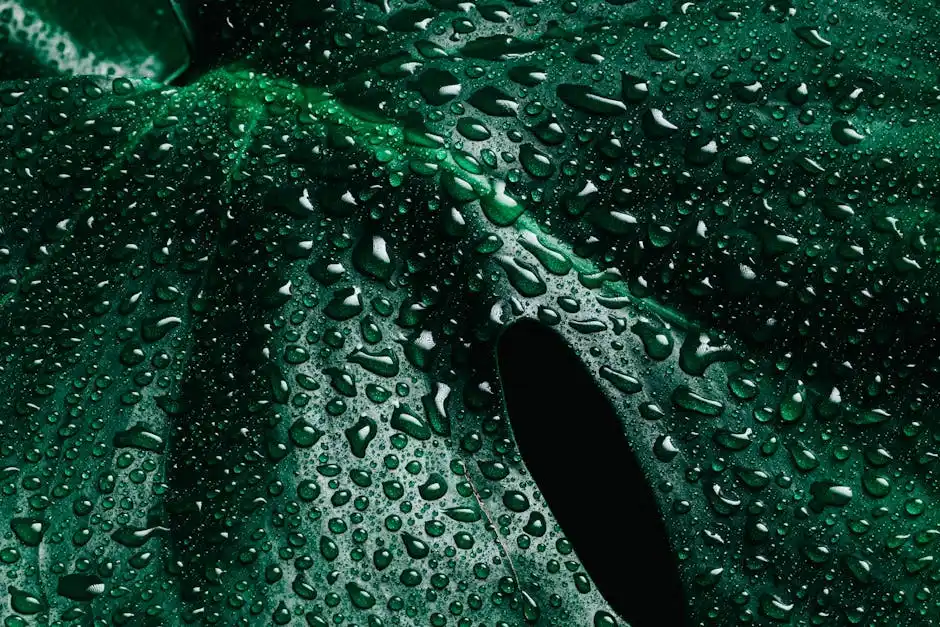
You can easily collect rainwater using barrels placed under your gutters. This stored water is perfect for watering your garden and plants, saving you from relying on tap water.
Using rain barrels helps lower your water bills while giving your plants fresh, chemical-free water. Remember to keep your gutters and barrels clean to ensure the water stays healthy for your plants.
A simple spigot or hose attachment makes watering more convenient. Try filling self-watering planters with rainwater during cooler parts of the day to reduce evaporation and use water efficiently.
Prioritize watering thirsty plants first during hot days

On hot days, some plants will need water more urgently than others. Focus on thirsty plants like new transplants, containers, and vegetables first. These plants dry out faster and can suffer quickly without enough moisture.
Check the soil moisture regularly by touching it. If it feels dry several inches down, it’s time to water.
Grouping plants by their water needs helps you use water more efficiently. You won’t waste time or resources watering drought-tolerant plants as much as the ones that need it most.
By prioritizing this way, your garden stays healthier and you save water during the heat.
Switch to drought-tolerant plants for lower water requirements
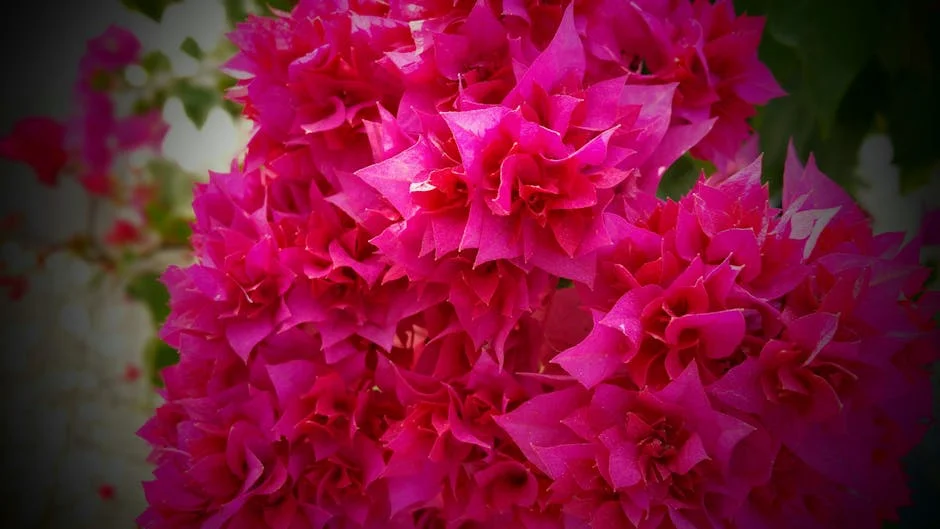
Choosing drought-tolerant plants can significantly reduce how much you need to water your garden. These plants are adapted to survive with minimal water, which saves you time and helps conserve resources.
Many drought-resistant varieties have features like small or waxy leaves to retain moisture. They also tend to thrive in poor soil and require less fertilizer.
When you switch to these plants, you create a garden that stays healthy through hot, dry spells with less effort. Just remember, new plants still need regular watering until their roots are established. After that, they become much easier to care for.
Use soaker hoses for deep, slow watering

Using a soaker hose helps you water your plants deeply and slowly. It delivers water directly to the roots, reducing evaporation and keeping the soil moist longer.
You simply lay the hose around your plants and let it seep water gently over time. This method saves you time because you don’t have to water as often.
Running your soaker hose for about 1 to 2 hours usually provides enough moisture, but adjust based on soil type and weather. Watering in the early morning or late evening prevents water waste and helps your garden thrive.
Automate watering schedules with smart timers
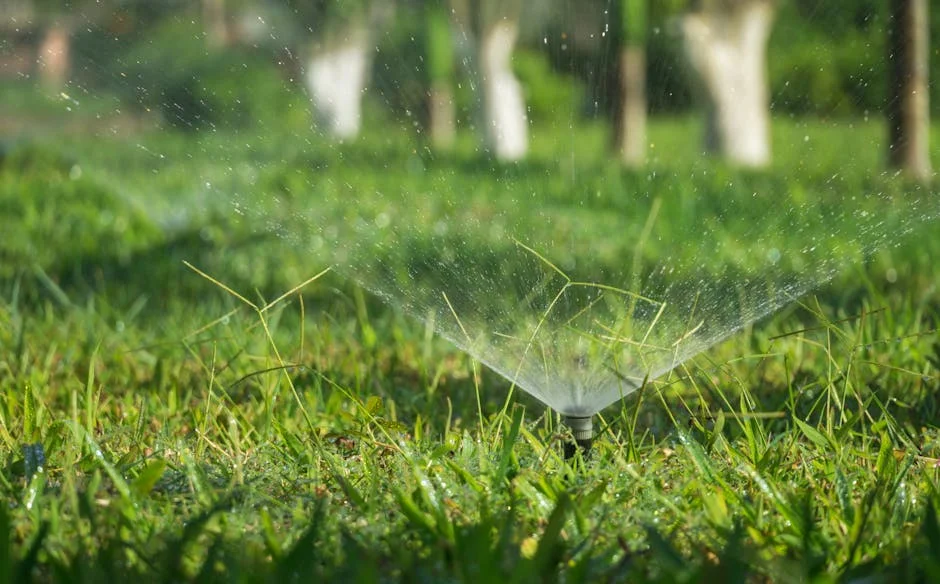
Using smart timers can make watering your garden much easier. These devices automate your schedule, so you don’t have to remember to turn the hose on or off.
Many smart timers adjust watering based on weather data and soil moisture. This helps you save water by only watering when your plants actually need it.
You can set your smart timer to run at optimal times, like early morning or late evening. This reduces water loss from evaporation and keeps your plants healthy.

